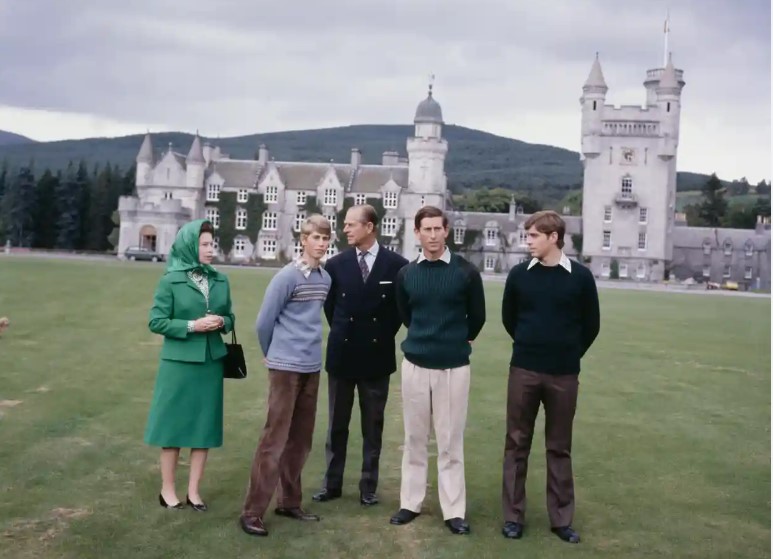
The Balmoral estate, a Scottish retreat that has been a must-see destination for visitors to the Highlands, has reopened to the public since the queen’s death there in September last year. Families pay £35 at the old gatehouse before walking down a pine tree-lined avenue towards the castle, which has become a popular tourist destination. The castle is primarily a private holiday retreat for the Windsors, and the annual family trip was quite an enterprise that took a troop of soldiers several weeks to transport the queen’s much-loved corgis and labradors, and her horses to the estate.
The estate has been expanded since it was acquired in 1852 by Queen Victoria and Prince Albert. Today it takes in several neighboring estates, including a grouse moor 8 miles west at Delnadamph, acquired by the queen in the 1970s. The estate is vast, stretching from the broad waters of the River Dee deep into the Cairngorms, making the king one of Scotland’s largest landowners.
In recent years, the family has embraced the tens of thousands of tourists who visit each year during its short summer season, in a move to monetize the assets. The estate has a cafe and a gift shop that sells Balmoral-branded malt whiskey for £56.95, tweed handbags for £115, and displays of royal biscuit tins and jams. For golfers about to use the estate’s nine-hole course, golf balls carrying a crown motif go for £13 each.
For the more adventurous, there are “expedition tours” by Land Rover deep into the hills south of the castle for a fixed fee of £330 for up to six people. These twice-daily safaris, which take visitors up to Lochnagar, a 1,155-meter mountain made famous by the king’s children’s book The Old Man of Lochnagar, are almost sold out for 2023.
Balmoral has received more than £1m in subsidies over the last 20 years, chiefly to sustain the estate’s extensive forests and woodland projects, which have received £598,000 since 2001. Balmoral was recently awarded £250,000 for peatland restoration. These endeavors are controversial, with some Scottish conservationists arguing that forests and peatlands have been damaged by Balmoral’s red deer herds.
The real value of the estate lies in the land and its sporting rights, which include its extensive forests, worth roughly £20m, its hydroelectric dam, which could add roughly £17m, and Delnadamph, which operates as a grouse moor and could be worth about £8m. In all, the royals’ Highland retreat, including the grouse moor, could be worth about £80m – a valuation that excludes the premium price a buyer might be prepared to pay because of its powerful royal associations.


